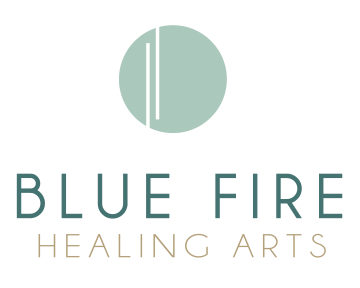The Chinese character for acupuncture, zhenjiu, means “acupuncture-moxibustion”. Moxibustion provides penetrating warmth, pain relief, and increased circulation. Both needles and heat therapy are the foundations of a balanced acupuncture treatment, and many acupuncturists find moxibustion to be an indispensable tool to their practice.
Yin and Yang
Yin and yang, the principles of relativity and duality, are the foundation of Chinese medicine in the cosmology, diagnosis, and treatment. In Chinese medicine the goal is to achieve balance between hot and cold, internal and external, up and down etc.
Many diseases and disorders arise from a preponderance of cold in the body, which some people can be more sensitive to do to their constitution and other factors.
Cold in the body can occur from exposure to cold in the environment which can get into the energy channels in the limbs, or into the lungs via the nose and throat. Cold can enter into the internal organs from cold food and drinks or too much raw food. Cold slows down organ function and can be a contributing factor in muscle pain, digestive problems, menstrual problems and PMS, and chronic colds and flus.
By using the fire element along with the inmate yang quality of the mugwort herb, moxibustion is very effective for dispelling cold in the organs, bringing in warmth and increasing the circulation of blood, fluids and qi.
This article is from an acupuncturist who grows and processes her own moxa.
The Mugwort Plant

Moxa in various states of refinement.
Moxibustion refers to heat therapy that uses the leaf of the mugwort plant Artemisia vulgaris, called ai ye in Chinese. The leaf is processed into a “wool” and referred to as moxa. There are several traditional ways of applying moxibustion including direct, indirect, warming needle, and tiger warmers or moxa boxes. More recent inventions include liquid moxa, TDP lamps and moxa devices.
Direct Moxa
This includes traditional Japanese “rice grain” moxa where tiny rolled pieces are burned directly on acupuncture points.
Direct moxa can also be a larger amount of moxa burned on the lower abdomen or on the umbilicus. There is a barrier over the skin and/or the moxa is quickly removed before burning the skin.
In some traditions “scarring moxa” is used and meant to burn the skin and create a blister and scar, but this is rarely used in the West.
Indirect Moxa
 Moxa can be applied indirectly where it is burned in a metal box called a tiger warmer, or in wooden “moxa box” near the skin.
Moxa can be applied indirectly where it is burned in a metal box called a tiger warmer, or in wooden “moxa box” near the skin.
Warming needle moxa is loosely rolled and piled on the handle of an acupuncture needle and burned there. The heat transfers through the needle deeply into the point.
Moxa can also be compressed into charcoal “poles” and burned near the body to warm up the areas.
Modern Uses
While traditional direct and indirect moxibustion is still widely used in the West, Japan and China, some other applications exist. Sometimes clinics cannot allow herbs to be burned for various reasons, or patients may be sensitive to even small amounts of smoke, have very fragile skin, or other reasons where the benefits of moxa may need to be accessed other ways.
Liquid Moxa
A tincture or liniment made with ai ye and sometimes other warming herbs. Apply directly to areas of pain or cold and ideally apply TDP lamp heat in the area.
TDP Lamp
TDP lamps uses far infra-red heat to deeply and safely penetrate into the tissues. TDP can be used on injured, cold, or tense areas of the body and is ideal for heating up areas where liquid moxa was applied.
Moxa Device
This device is a recent Japanese invention and has yet to make it’s way into distribution in the West. It provides a gentle and effective heat that can be applied to acupuncture points or channels in the same way burning moxa would.

